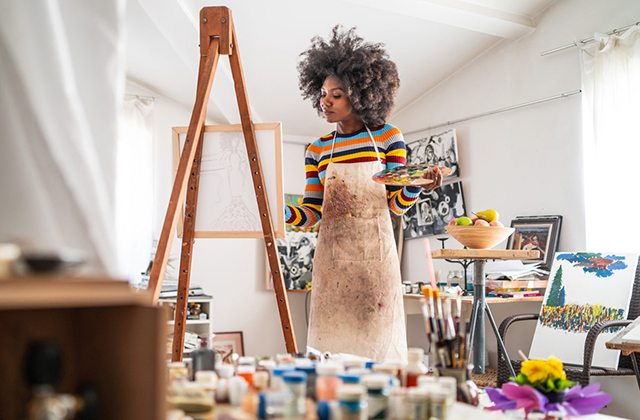Art collecting can be a fun and rewarding hobby, but it’s not something you should jump into without doing your homework first. There are all sorts of con artists, thieves and unscrupulous salespeople out there – along with a great deal of fakes and forgeries. Tv storyboard template are also worth collecting because it is consider also as an art.
Here are a few tips for first time art collectors:
- Start with what you like
If you’re just getting into art collecting, start with works that appeal to you. If you find yourself drawn to a particular artist or style, that’s a great place to start.
- Buy the best work you can afford
Obviously, art prices vary tremendously by artist, style and subject matter. But as a general rule, if you’re going to spend money on an investment, buy the best work you can afford. Work by mid-list artists might be less expensive than famous artists, but they also tend to hold their value less well over time.
- Don’t buy reproductions
A good painting starts to depreciate in value the moment it leaves the artist’s studio; reproductions aren’t worth anything unless they have some special value or rarity attached to them (like Andy Warhol’s “Marilyn” image).
Now that you’ve decided to invest in art, where do you begin? Talk to the experts who are ready to help!
One of the most common questions I am asked is, “What advice could you give a first time art collector?”
I ask my clients what they are interested in collecting. Do they want to collect a specific artist’s work or type of work? Maybe they just want to find a few pieces for their home. Regardless of their interest, here are some suggestions for getting started:
Do your research. The best way to start is to go through auction catalogues or attend auctions to see what is out there and how much things cost. This will help you get an idea of the market and pricing.
If you have a specific artist in mind, be sure to spend time learning about his or her career. How did their career evolve? What was selling at the time? What influenced their work?
Get feedback from an expert. Go online and search for someone who specializes in the area you’re interested in. If there is a work that interests you, send him/her an email with an image attached and ask what they think of it. They can tell you if it’s worth pursuing further investigation or not.
For those that are just starting to collect art, the process can often be intimidating and overwhelming. There are many different factors that go into art collecting, from the various price points of art, to the various mediums or methods that artists use.
Even for those with a casual interest in art, learning about these factors can help you make smarter decisions when purchasing art to display in your home.
In this guide we will look at how to make your first art purchase and how to start building a collection that you can enjoy for years to come.
Evaluate Your Home Space
Before you begin looking at the artwork itself, it is important to evaluate the space that you plan on displaying it in.
Most people start by looking at the walls they want to fill and then go out searching for artwork that matches those dimensions. While this is certainly a good place to start, there are some other things you should consider as well.
Lighting: The lighting in your home (both natural and artificial) plays a large part in how you experience artwork. If your preferred location is an area with bright natural light, then a piece of artwork with vibrant colors may not shine as brightly as it would in a darker location.
If you’re new to the art world, you might be surprised by how many different types of art there are to choose from. Paintings, drawings, photographs, sculptures and prints are just a few examples. If you’re looking at a painting or drawing, you might notice that some pieces look like they were made with pastels or pencils while others look more like they were created with colorful paints. The next time you’re out at a museum or gallery, see if you can tell the difference between the various mediums used to create the artwork on display. More info on art collection projects.
Many pieces of artwork are sold in series, meaning that they were created as part of a set of similar work. Series often show how artists explore an idea or theme over time by creating many different pieces in a similar style. Sometimes artists make changes to their work from piece to piece, but the theme and style remain consistent across the whole series.
